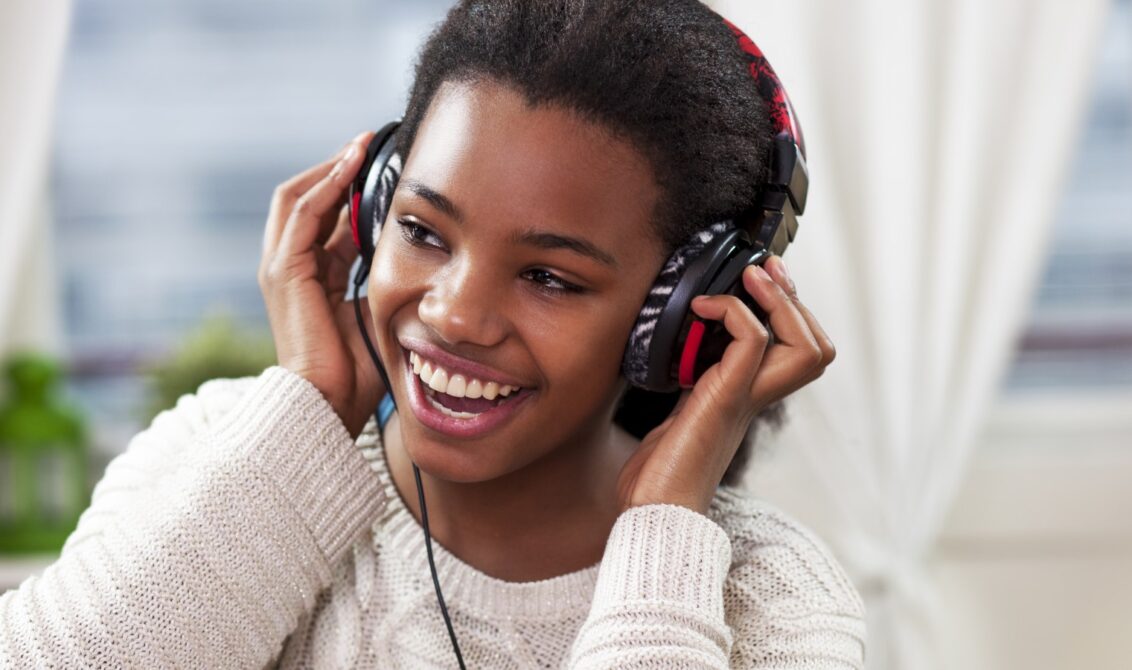
It is no exaggeration to say that teachers had an extremely tough time during the school closures this year, however, many found that teaching online created professional development opportunities they hadn’t expected. In fact, over half of teachers surveyed by the Centre for Education and Youth said that they feel that the new skills they developed while teaching online will be a useful addition to their skillset in the new school year.
So how can you transfer your new skills into the classroom?
Reflect on what you learned during lockdown
During the steep learning curve of school closures, teachers experimented with lots of different methods of engaging their students. A good way to refresh your classroom approach is to reflect on this experience of teaching online:
- Did you make changes to the way you planned and prepared lessons?
- How did your teaching practice change?
- How did these changes impact your students’ learning?
- What did you learn about your students’ needs and preferences with online learning?
- Was there anything that surprised you?
When you consider the answers to these questions, you’ll be able to identify successful tools and techniques that could work well once that you’re back in the physical classroom.
Teach through video
There are lots of ways to get creative when teaching online. Some teachers turned to video recordings to engage their students: They recorded mini-lectures, used props, tried creative editing and other interesting ways to present things. For example, some teachers developed characters and filmed outdoors.
Video is a fun, engaging medium for students. And it helps with classroom management too. Students can watch the recording multiple times if they need to check the information or don’t grasp something the first time round.
If you share the recordings ahead of class, you can spend more time in class supporting students, answering questions and exploring the ideas in greater depth.
Read more about this technique in our article on flipping the classroom.
In addition, once you start filming, you’ll build up a bank of videos which you can share and reuse with future classes. For practical tools to use, take a look at this how-to guide to making videos from Edutopia.
Bring topics to life with multimedia resources
Online teaching certainly created more opportunities to use multimedia resources in class. Many teachers have found that using a variety of resources has encouraged students to engage more deeply with the learning materials.
Articles, videos, podcasts, animations and infographics are all great ways to engage students in your chosen topic – and they can all be used in a face-to-face or distance learning setting.
The vast majority of students have smartphones, so instead of setting them a reading exercise for homework, ask them to listen to a relevant podcast or watch a video instead. When it’s time to set a progress test, why not use Kahoot or Quizlet instead of a worksheet?
Make space for interdisciplinary learning
During school closures, students and teachers were forced to use technology and sharpen their digital skills in the process. It’s important to keep honing those skills for both teachers and students, even though schools are now opening again.
Digital literacy is one of the most important 21st century skills your students can develop. Create opportunities for students to improve their digital skills in your classroom, no matter what your subject is.
Encourage them to share resources and work collaboratively using tools such as Google Docs or Microsoft Teams. And instead of asking for written reports, give students the option to present what they’ve learned in whatever way they want. They could create an infographic, or record an audio note. They might even get inspired by you and film their own video presentation. If you give students this kind of choice and control, you will help to develop their learning autonomy as well as their digital literacy.
Keep it personal
Online learning during the coronavirus crisis gave teachers a glimpse into students’ lives, and vice versa. In order to maintain and deepen their connections while out of the classroom for months on end, many teachers shared glimpses of their personal lives with students – introducing them to pets, showing them a favourite plant, or simply sharing what they had been doing in their free time.
Even though you’re now going back in the classroom, it’s good to keep it personal. Taking time to build this kind of deep, professional yet personal relationship with your students has a big impact on their learning outcomes. What’s more, it will make a big difference to the way you experience your time in the classroom, with research showing that teachers who have strong interpersonal relationships with their students have the most positive and joyful classroom experiences.
Prepare for the unexpected
Bringing the online teaching techniques you learned and developed during school closures with you into the classroom will help make the transition back to distance learning easier for your students in the event of future school closures. It’s certainly worth being prepared – if we’ve learned anything from last year, it’s to expect the unexpected!

